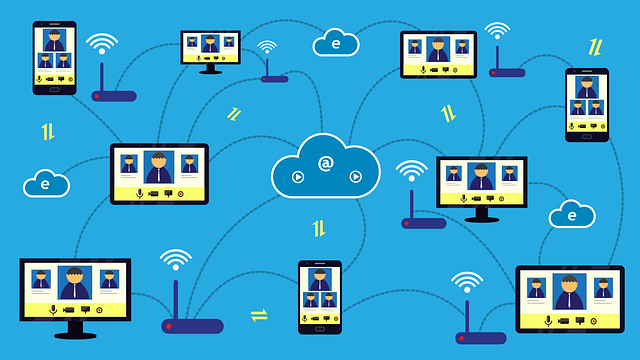Introduction:
In an increasingly digital world, reliable internet connectivity is essential for educational institutions to deliver quality learning experiences and access to information. The E-Rate program, established by the Federal Communications Commission (FCC), plays a critical role in supporting internet connectivity in schools and libraries across the United States. This article explores how E-Rate funding supports internet connectivity and its impact on educational institutions.

Overview of E-Rate Funding:
The E-Rate program provides discounted telecommunications and internet access services to eligible schools and libraries, ensuring they have affordable access to broadband connectivity. E-Rate funding is distributed through a competitive bidding process, with eligible institutions receiving discounts ranging from 20% to 90% on eligible services and equipment.
Expanding Broadband Access:
One of the primary objectives of E-Rate funding is to expand broadband access in schools and libraries. E-Rate funding enables educational institutions to upgrade their internet infrastructure, including installing high-speed broadband connections and increasing bandwidth capacity. By expanding broadband access, schools and libraries can provide students, teachers, and library patrons with faster and more reliable internet connectivity, supporting online research, collaborative learning, and access to digital resources.
Upgrading Network Infrastructure:
E-Rate funding supports the upgrade of network infrastructure within educational institutions, including routers, switches, and wireless access points. These upgrades are essential for creating robust and secure networks that can accommodate the increasing demand for internet connectivity and support the use of digital devices and online learning platforms. By investing in network infrastructure, schools and libraries can ensure seamless internet connectivity throughout their facilities, enabling students and educators to access online resources from any location on campus.
Facilitating Remote Learning:
The COVID-19 pandemic highlighted the importance of internet connectivity for remote learning. E-Rate funding played a crucial role in supporting schools’ transition to remote learning by providing funding for internet access services, mobile hotspots, and devices for students in need. By leveraging E-Rate funding, schools were able to bridge the digital divide and ensure that all students had access to online learning opportunities, regardless of their socioeconomic background or geographic location.
Promoting Digital Equity:
E-Rate funding plays a key role in promoting digital equity by ensuring that all students and library patrons have access to affordable internet connectivity. By providing discounts on internet access services, E-Rate funding helps level the playing field and ensures that underserved communities have access to the same educational resources and opportunities as their peers. This promotes digital inclusion and helps close the digital divide, ensuring that no student is left behind in the digital age.
Conclusion:
E-Rate funding plays a vital role in supporting internet connectivity in schools and libraries, enabling educational institutions to expand broadband access, upgrade network infrastructure, facilitate remote learning, and promote digital equity. By investing in internet connectivity supported by E-Rate funding, schools and libraries can create inclusive learning environments that empower students with access to the information and resources they need to succeed in the 21st century.



